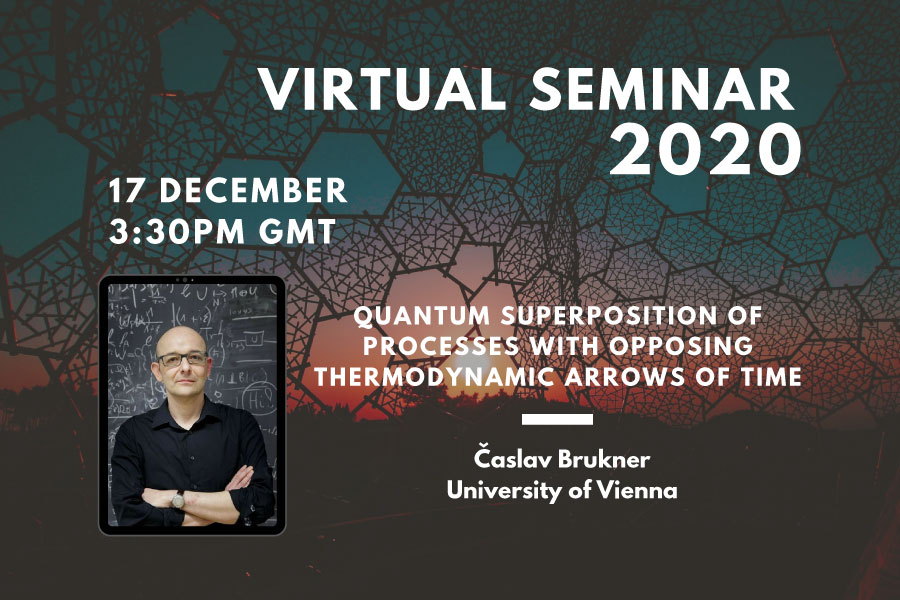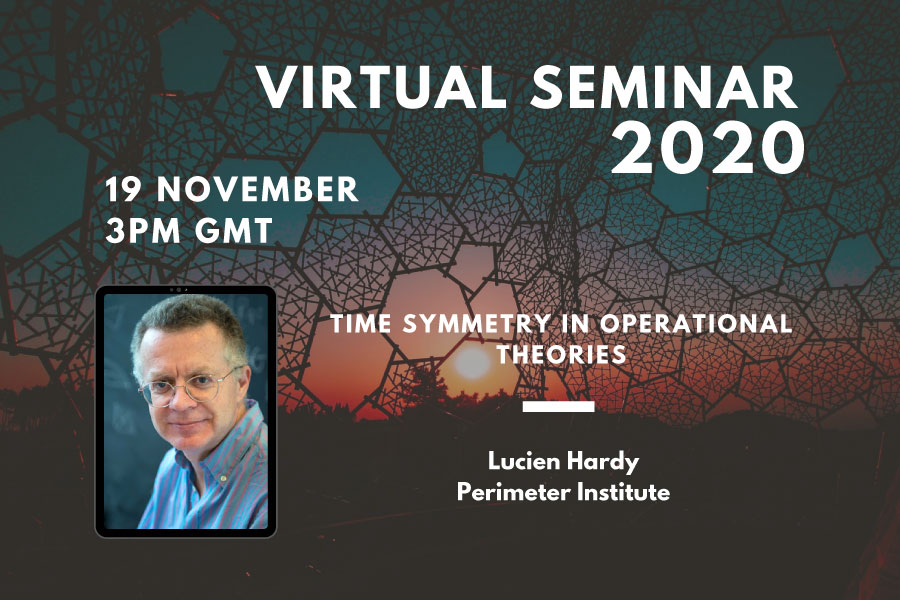Extended corner symmetry, charge bracket and Einstein’s equations
We develop the covariant phase space formalism allowing for non-vanishing flux, anomalies and field dependence in the vector field generators. We construct a charge bracket that generalizes the one introduced by Barnich and Troessaert and includes contributions from the Lagrangian and its anomaly. This bracket is uniquely determined by the choice of Lagrangian representative of the theory. We then extend the notion of corner symmetry algebra to include the surface translation symmetries and prove that the charge bracket provides a canonical representation of the extended corner symmetry algebra. This representation property is shown to be equivalent to the projection of the gravitational equations of motion on the corner, providing us with an encoding of the bulk dynamics in a locally holographic manner.

